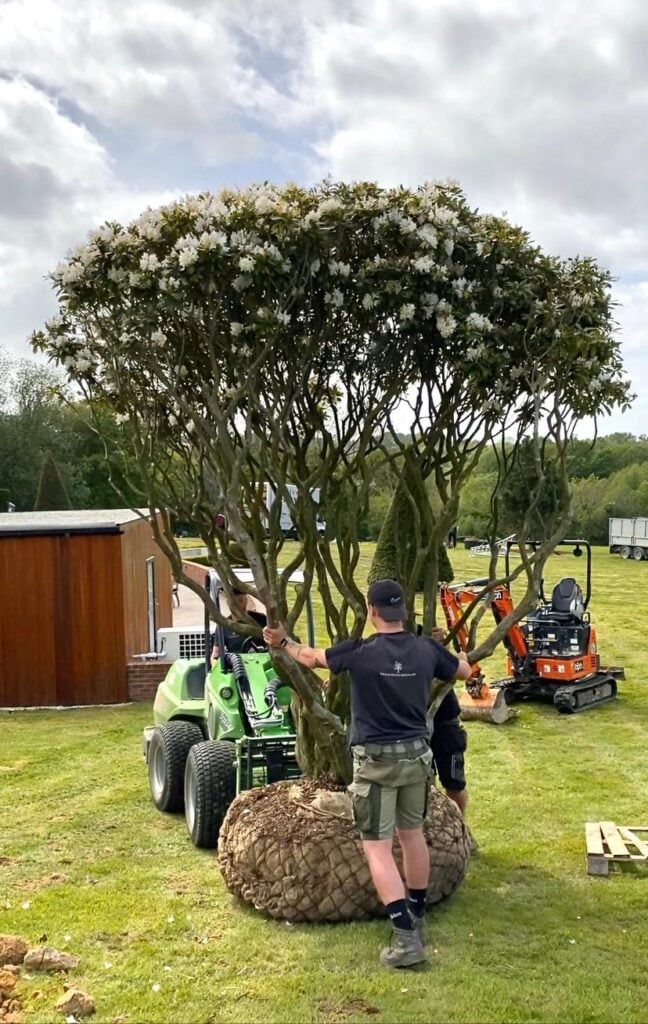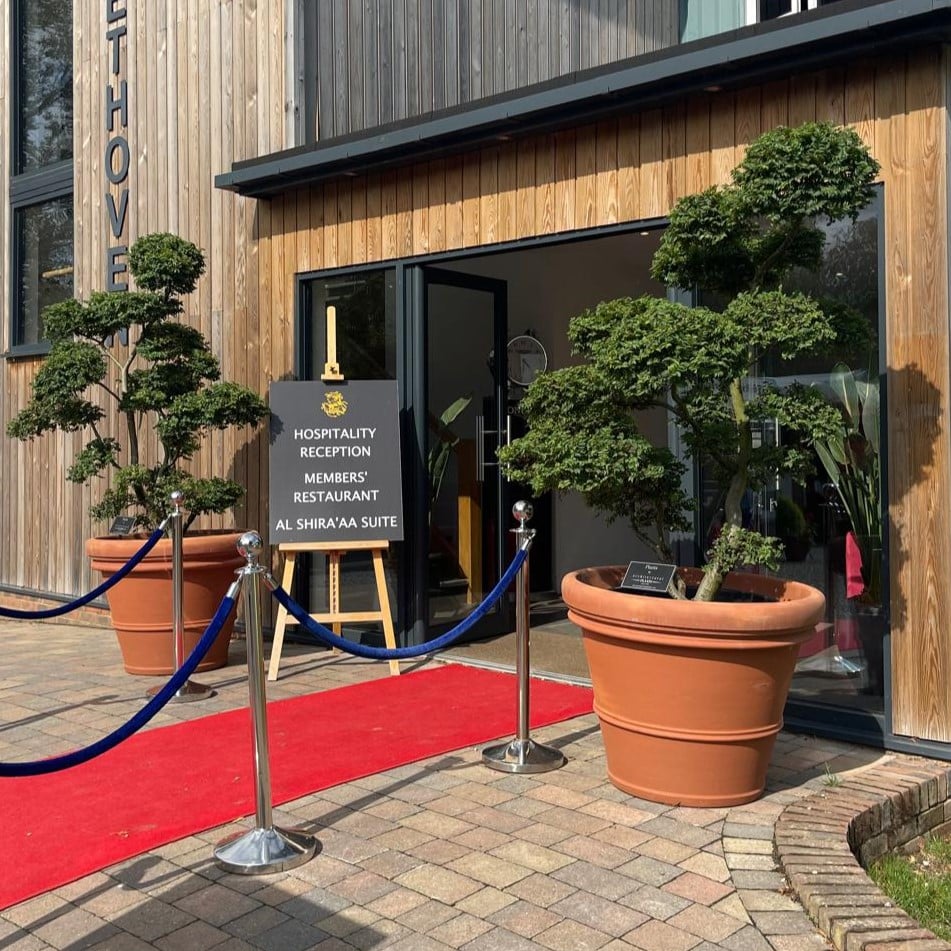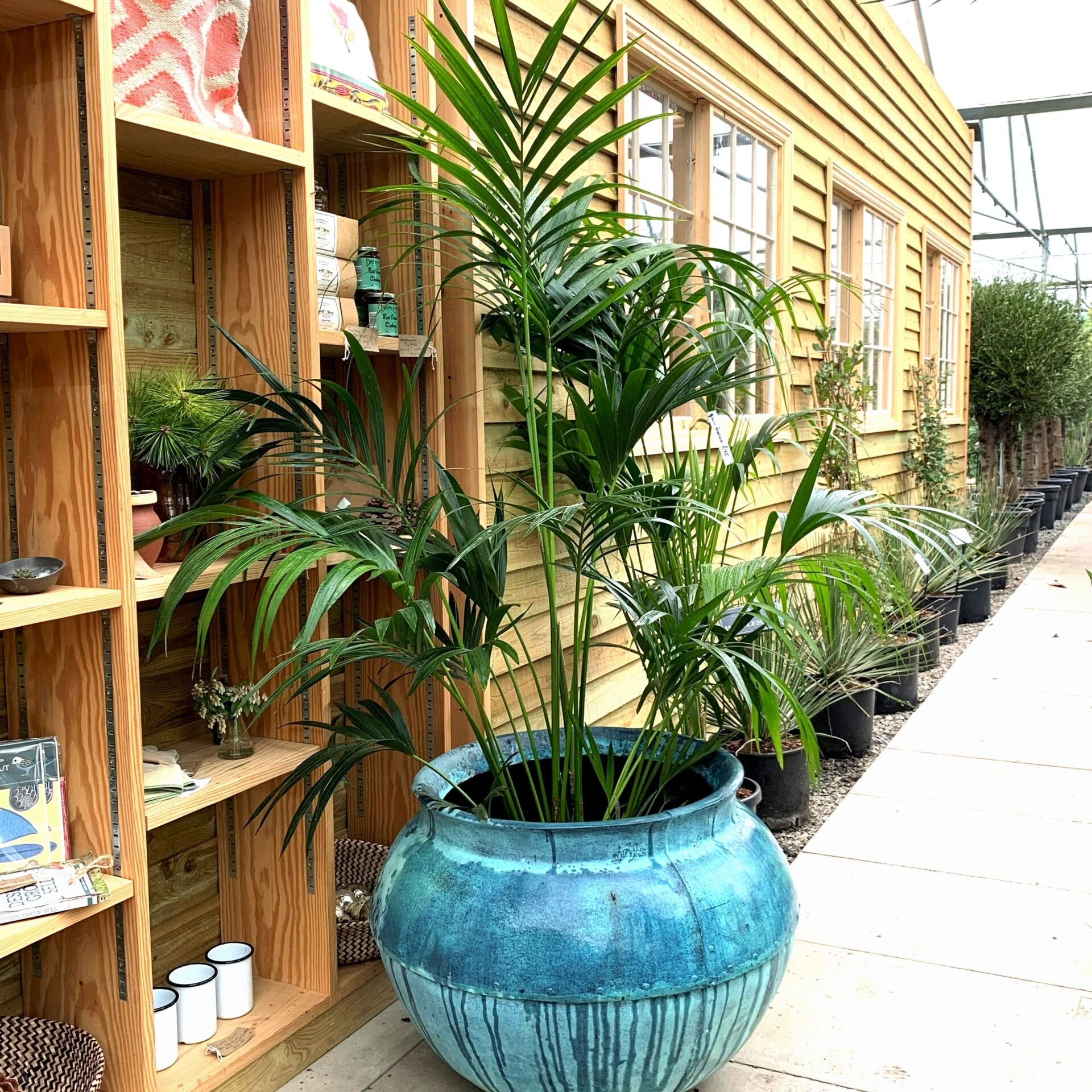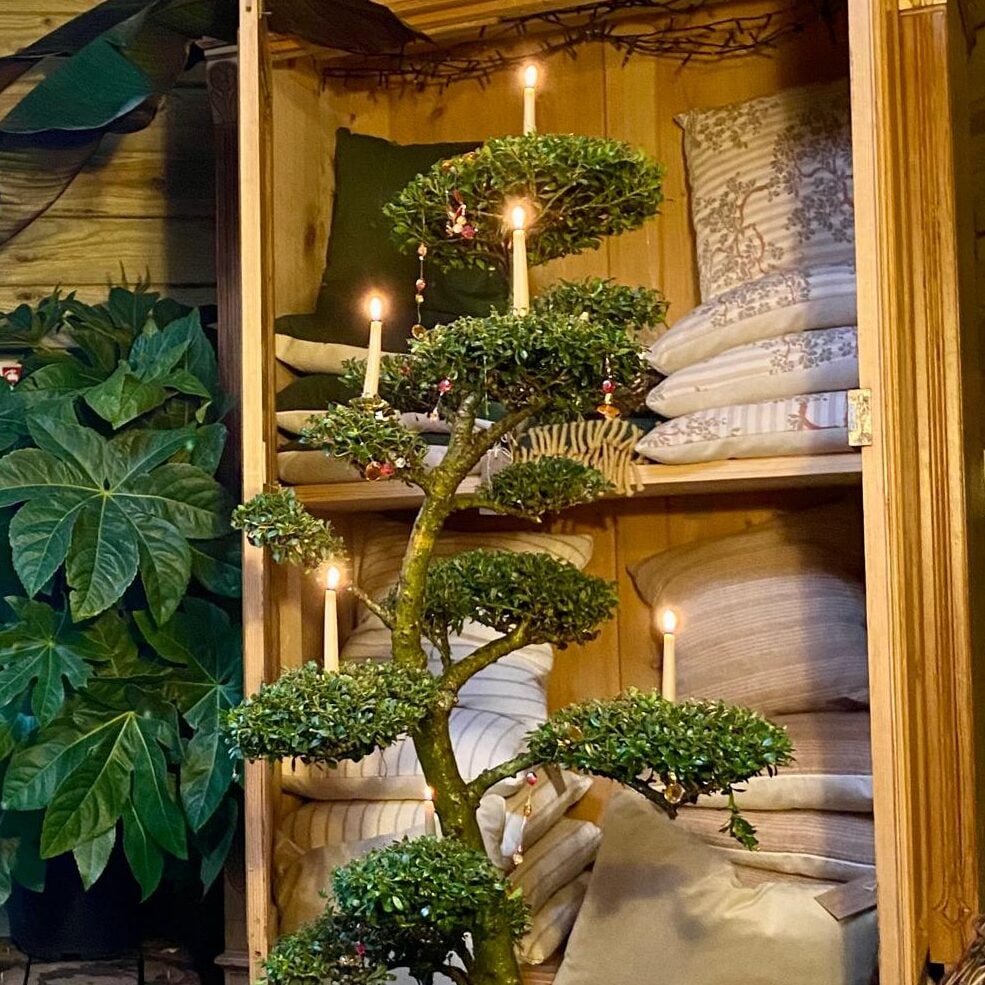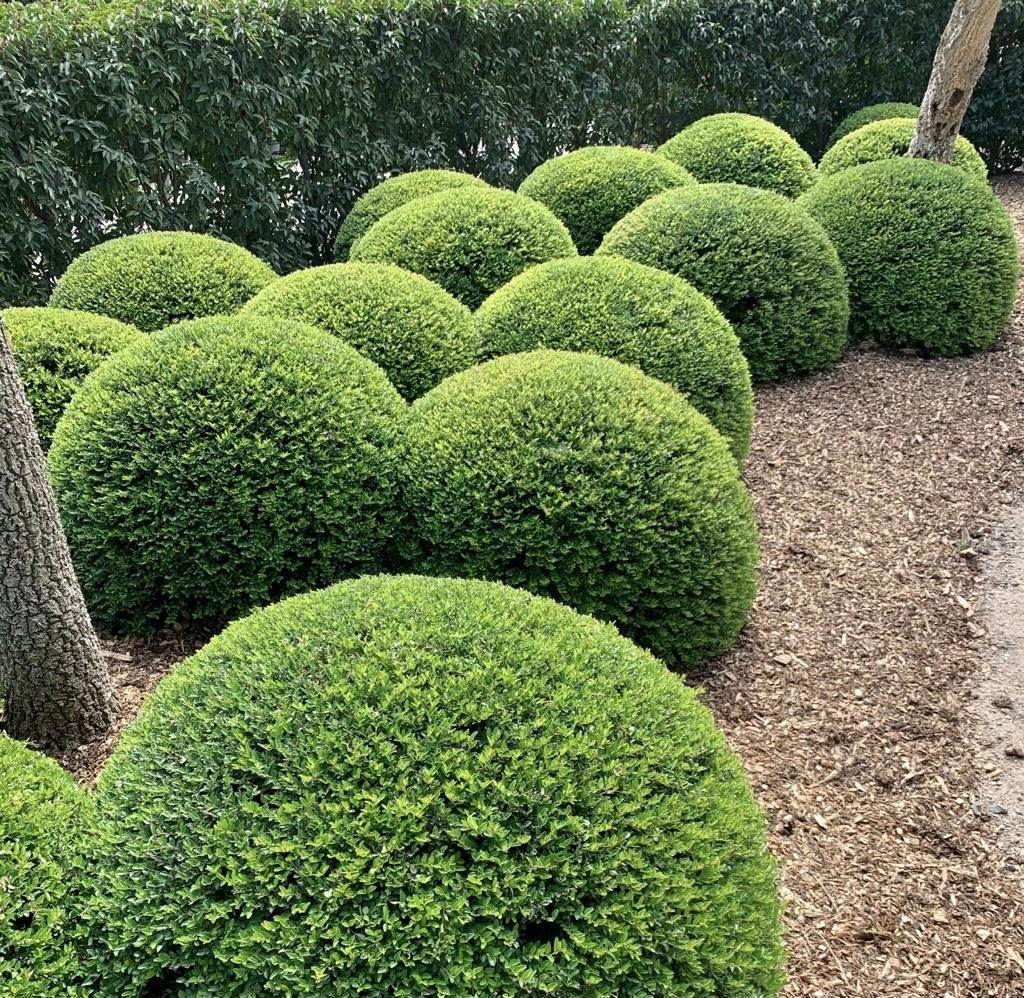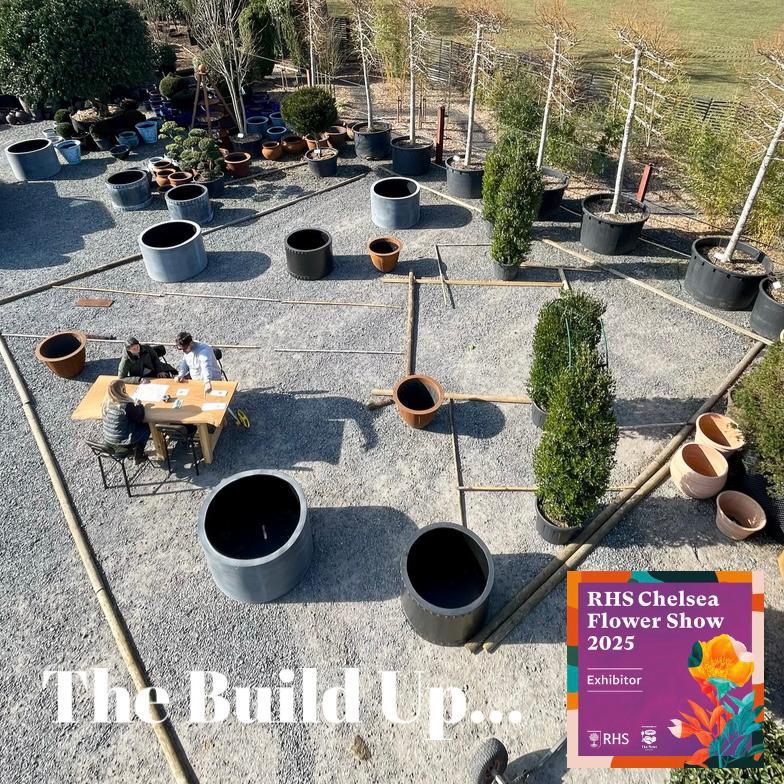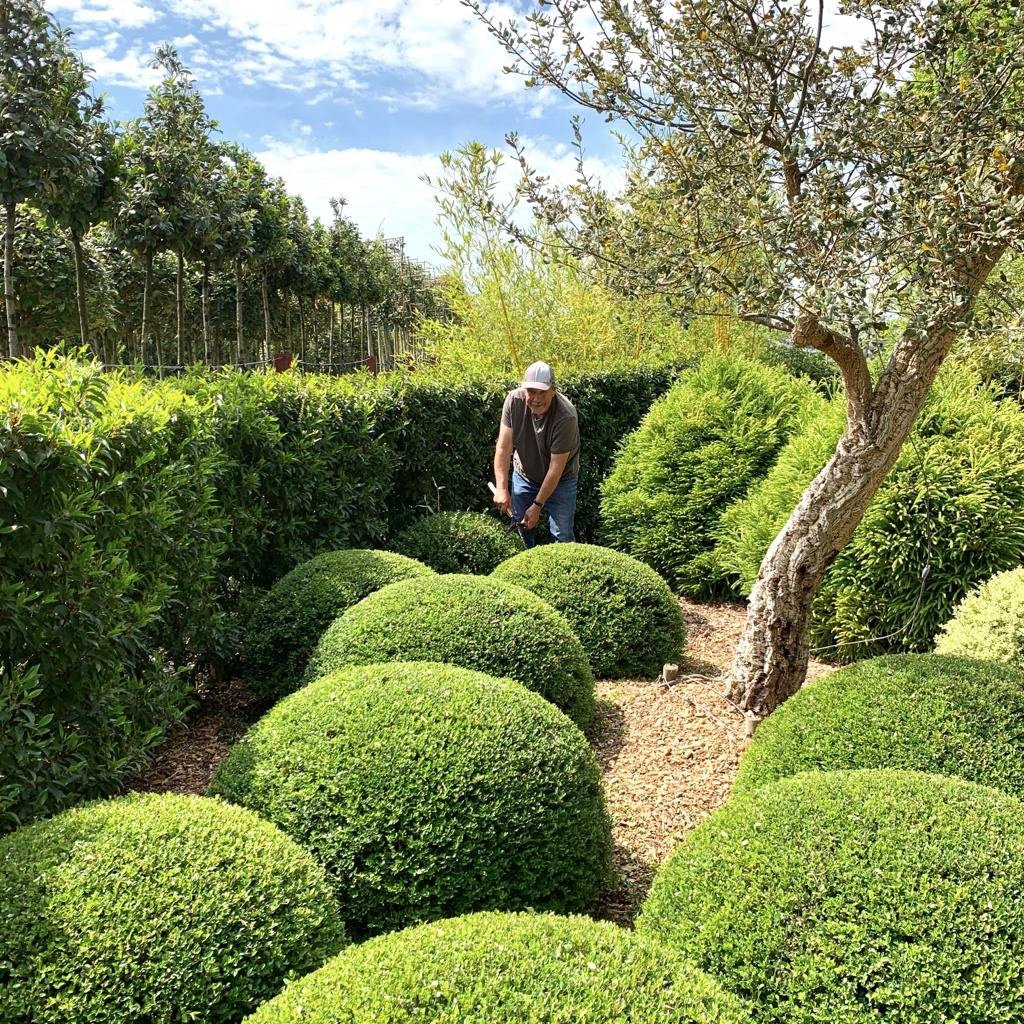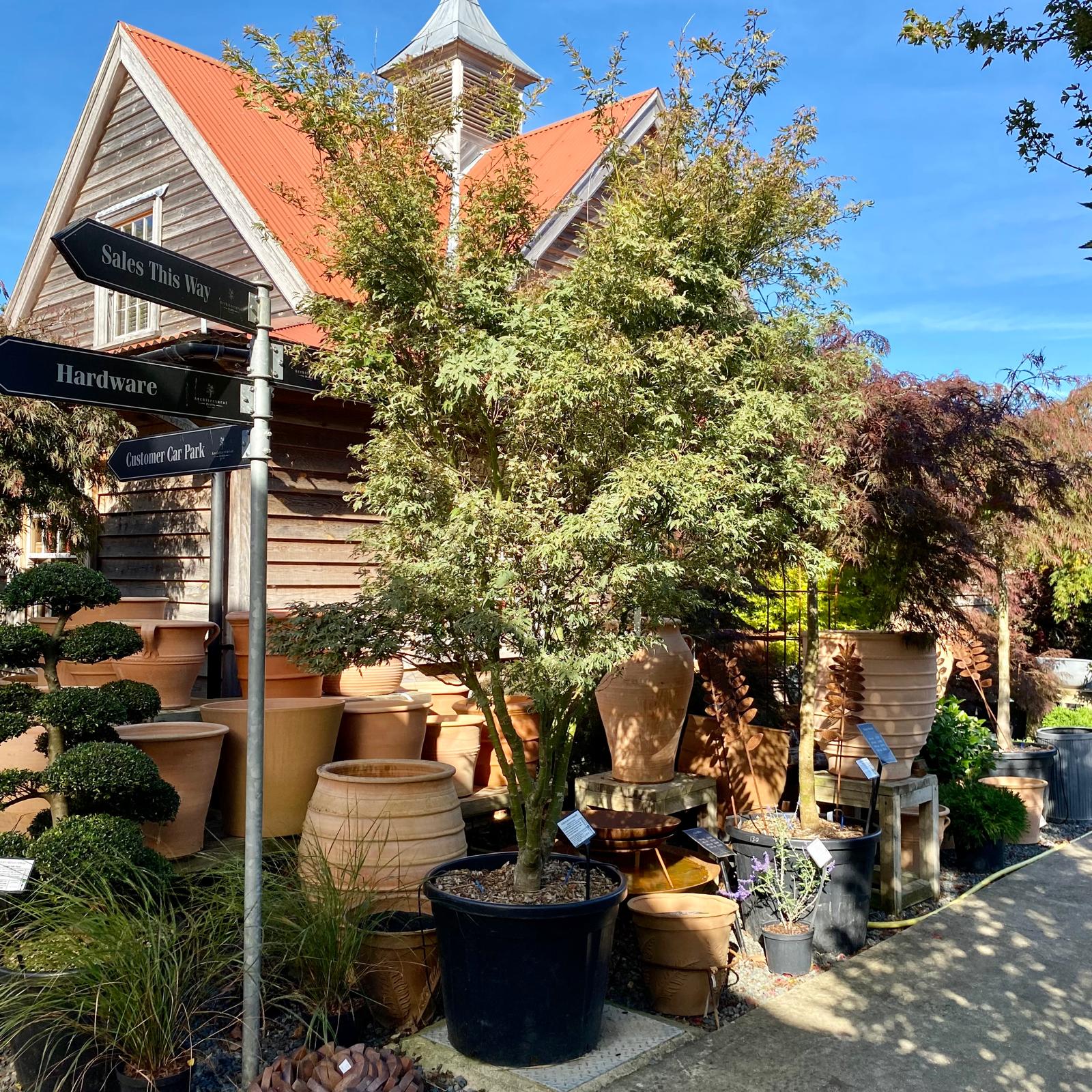Guy’s Advice for Tree Planting
Recently, there has been lots written about failing government planting schemes. I see this often on my travels, roadside planting that is uncared for, dead trees and poorly managed sites. Lots of wasted money and time spent, all to hit government environmental quotas.
What do we think?
We have a lot to say about tree planting and planting in general. These are our three key steps to ensure successful planting and plant development.
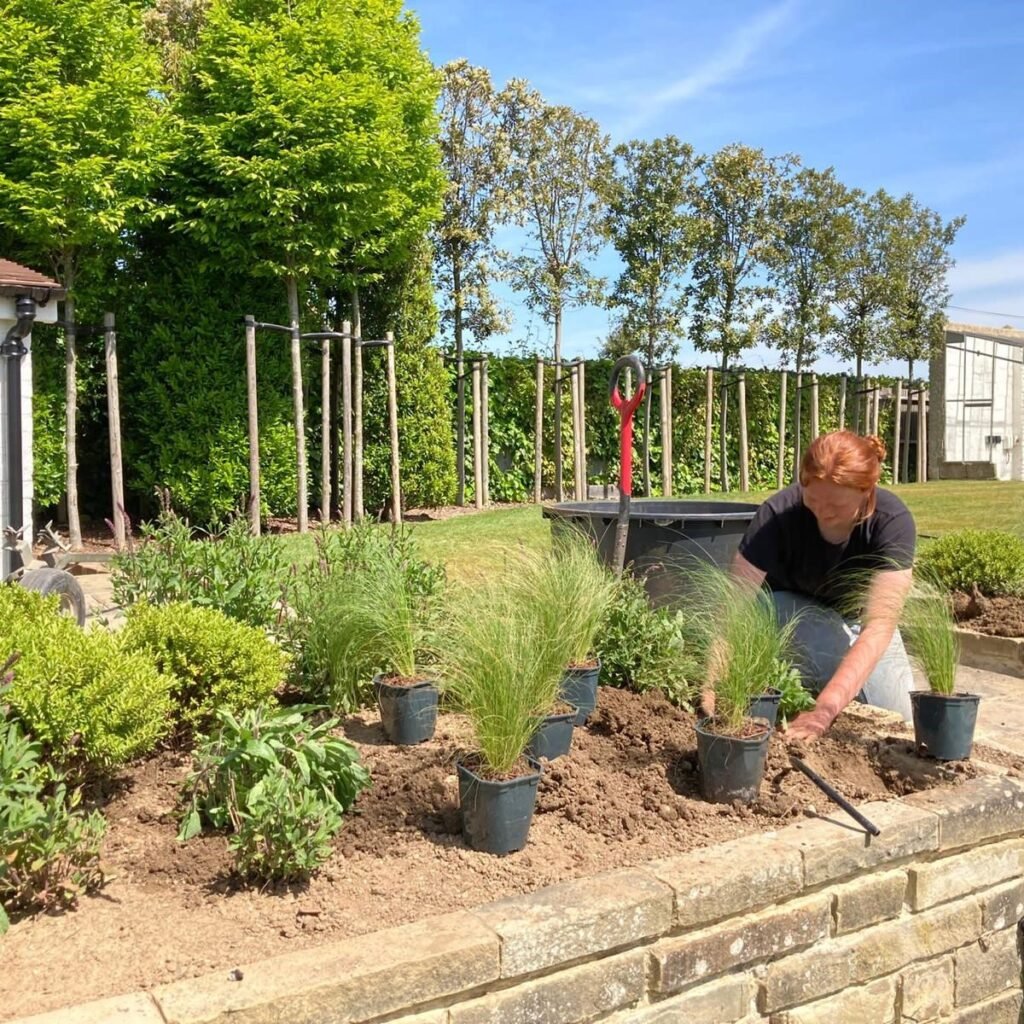
One of the biggest killers of trees is mounding soil around the base of the trunk – we plant high, higher than most.
Always check soil or mulch are not suffocating the tree at ground level. Strimmer’s also play havoc, slash marks constantly cutting into the trunk will increase the likelihood of infection. Having a nice large tree ring with a mulch dressing will protect the stem.
1: Assess the ground conditions and prepare accordingly
Thick clay or chalk should be removed and new build sites should be completely stripped as deep as possible – they tend to be dumping grounds from the building site days. Importing new compost and topsoil in a 50/50 ratio and lots of horticultural grit are critical to allow good drainage. We also add Mycorrhizal when planting – a fungi that is excellent for root development.
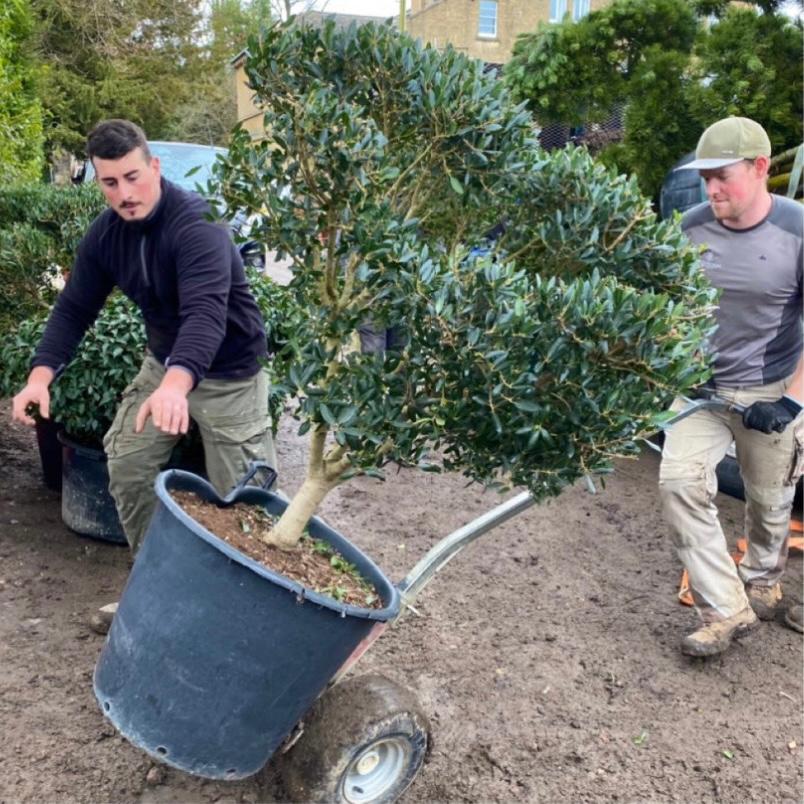
3: Watering:
In the first 18 months of a garden’s life watering is key, to the root ball of a plant – or the crown if you are a Dicksonia antarctica. For domestic gardens we always recommend that you install an irrigation system, it’s simple and cost effective. Watering direct to the root ball and using a battery run timer. You can find out more here.

With estate or commercial planting, irrigation systems are harder to deploy – so before planting you need to ensure you can commit to regular watering,
especially in the first 18 months. This is the big contentious subject and probably the hardest to
advise on. We run most irrigation systems twice per day. There is lots of evidence to suggest that watering every other day makes the plants root out faster, as they hunt for water. Great advice, as long as that is done and every other day doesn’t become every other week. We prefer daily watering or every 12 hours – consistency is key.
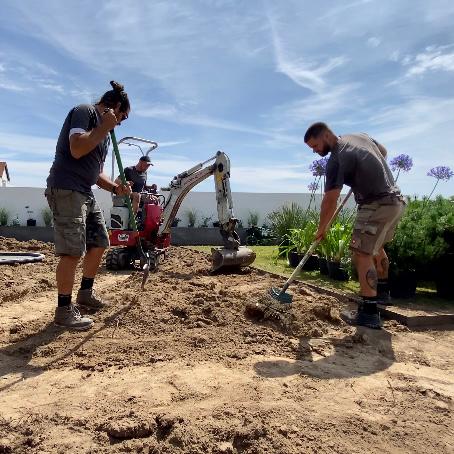
2: Staking and supports
It is critical to use the right supports and to assess this prior to planting. For half standards we use two skinnier stakes and for full standards that are above 10cm girth we tend to use two thicker stakes. A good tie kit strapped on horizontally is key – we have a kit bag for this that we have developed over the last 30 years. We have written a guide here that goes in to all of the other options for larger trees with larger heads. It’s an important subject, so important we made a model to illustrate the options.
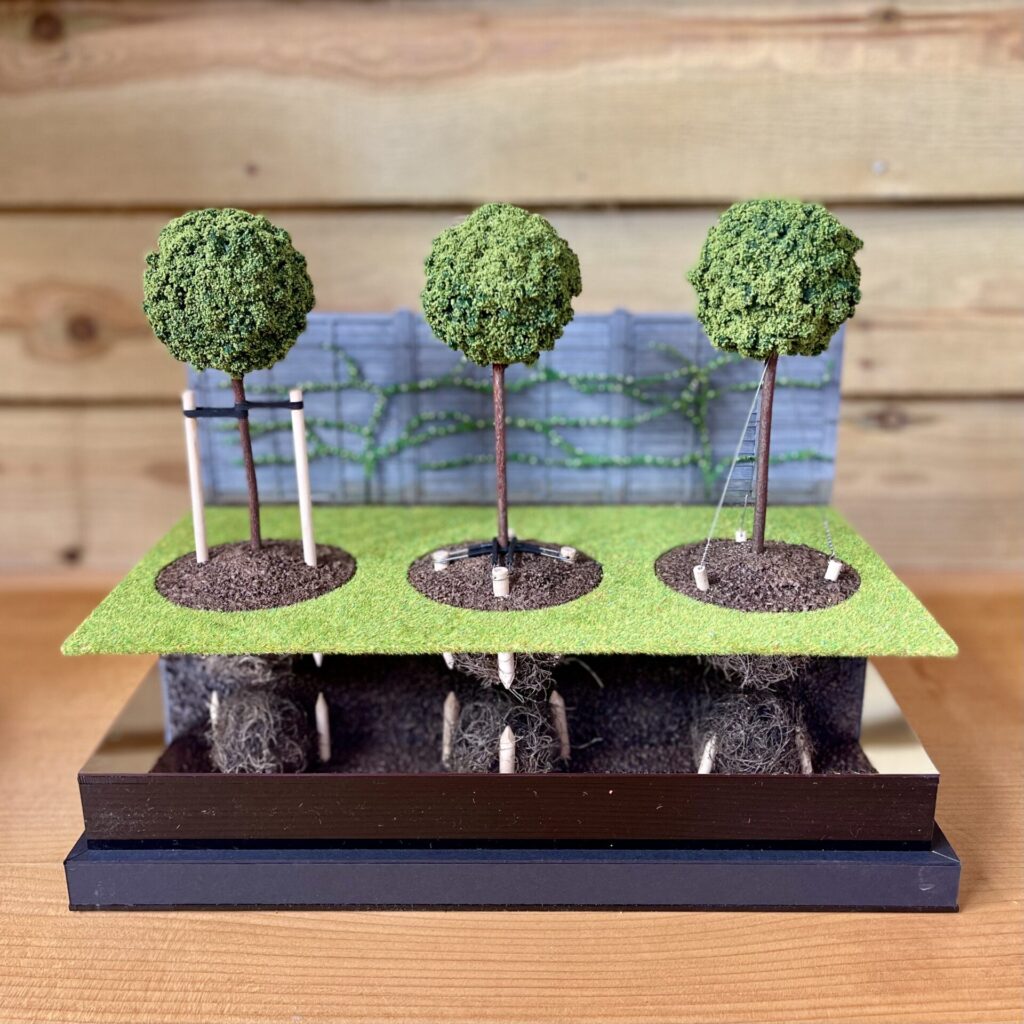
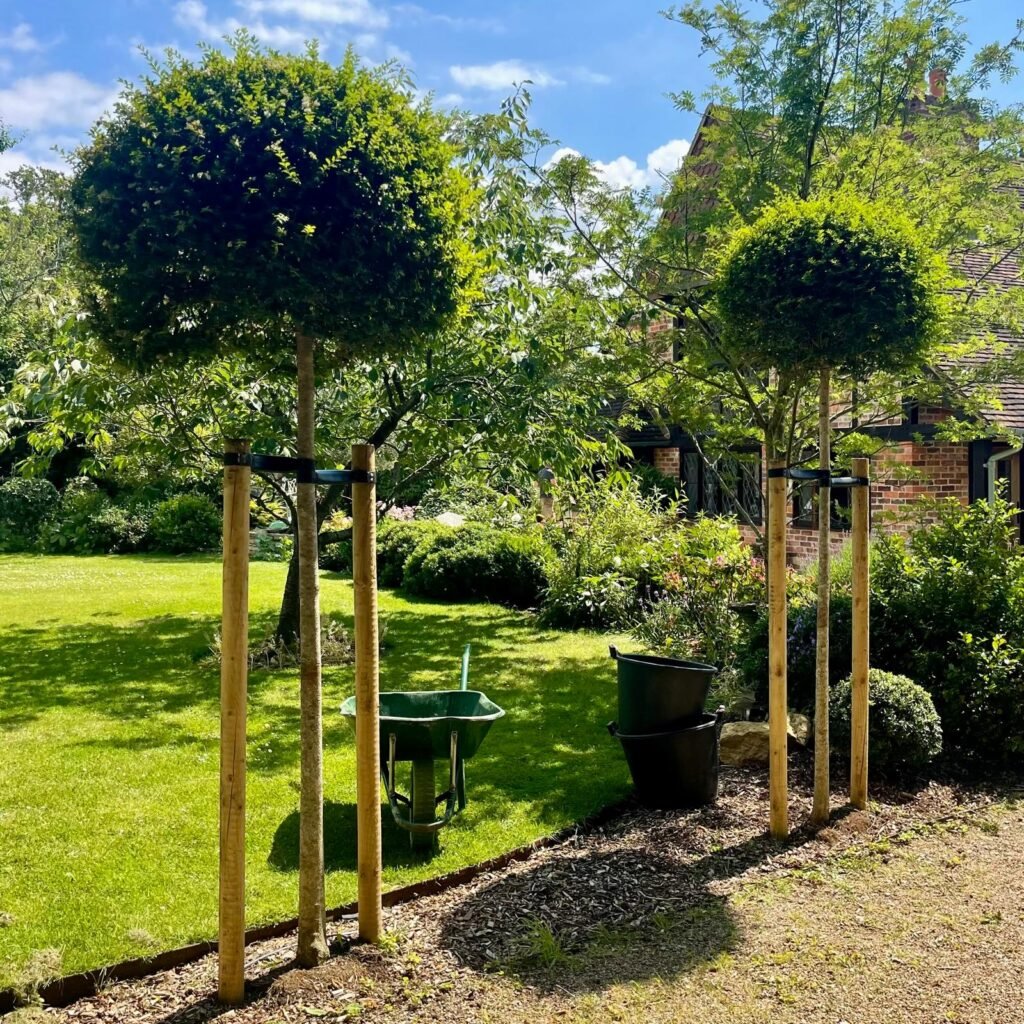
All points above need to be followed and considered and we are always here to advise or even take
the strain off you by planting and irrigating them for you. For more information or help with your irrigation system email design@architecturalplants.com.
NEXT BLOG
Look out for our next blog: ‘Sun loving’. But in the meantime, take a look at our collection of plants currently available at our nursery and from our online shop…

